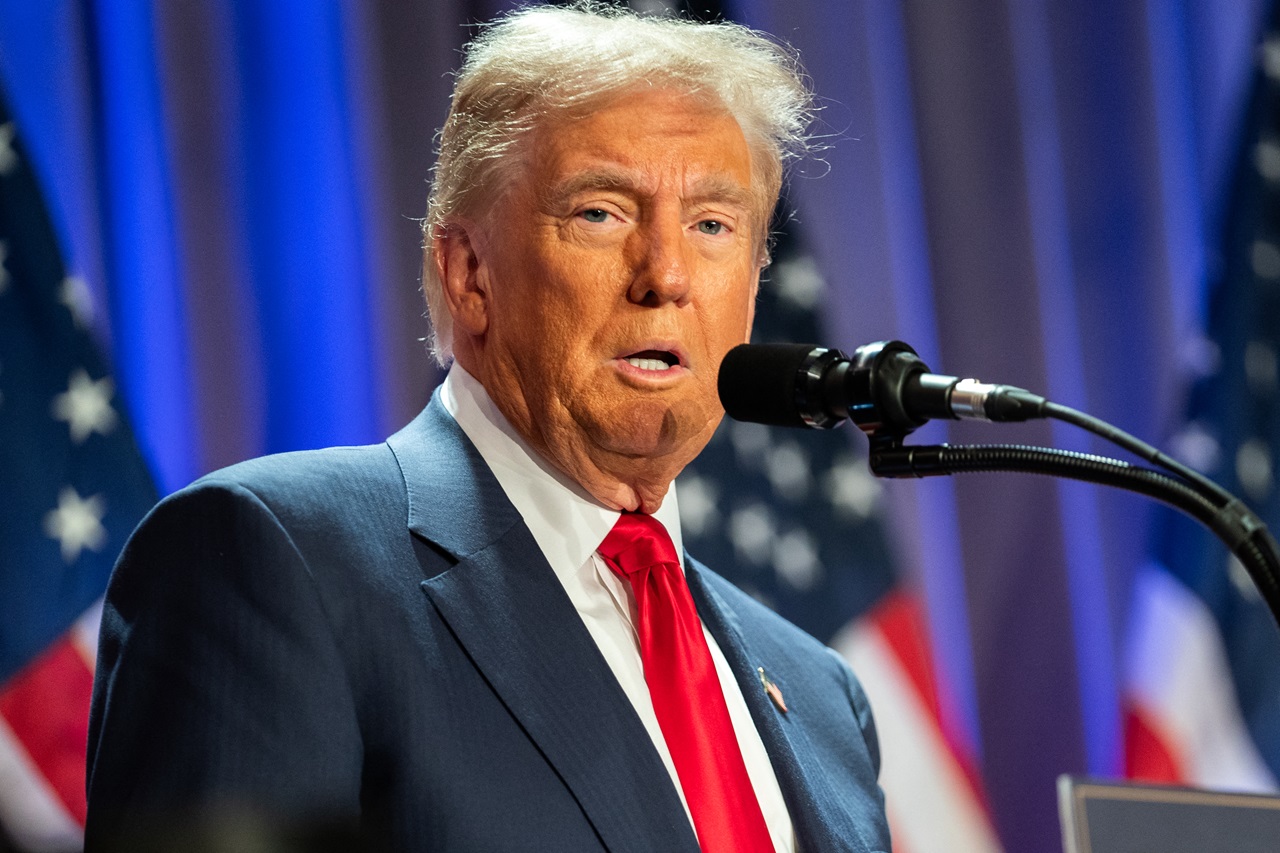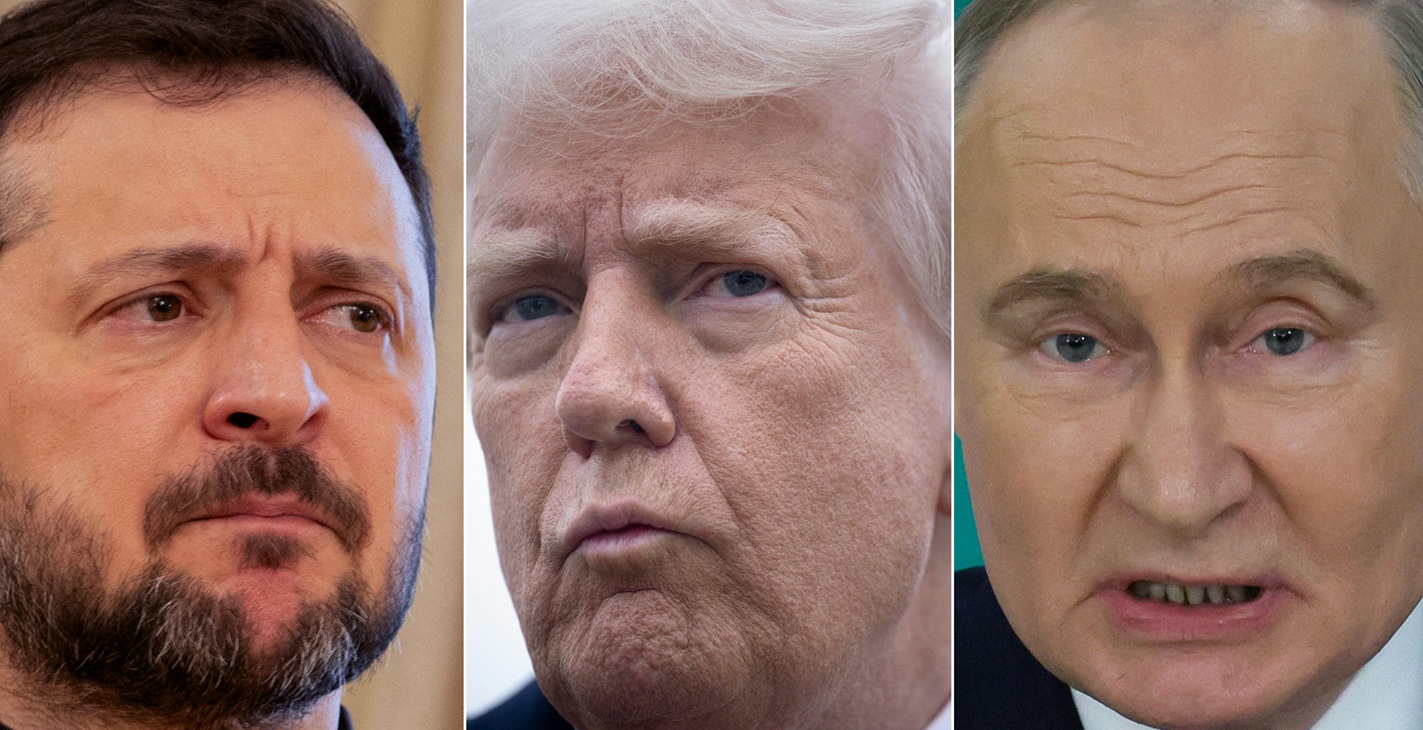
Trumponomics: What he is proposing in taxes, tariffs and energy
The Republican candidate has a plan based on encouraging entrepreneurship and protecting local production. What will he do in a new term in the White House?
Republican presidential candidate Donald Trump wants to bring back US manufacturing and lower costs, relying on tariffs to boost coffers and exert pressure on other countries -- but the reality is less straightforward.
Ahead of November's election, economists warn his policies could raise consumer prices and shake up global trade -- with unclear benefits to US production.
The pitch is for tariffs to add billions in revenue and take aim at countries like China which have been "ripping us off," while pushing businesses to bring production back on US shores.
"Other countries are going to finally, after 75 years, pay us back for all that we've done for the world," Trump said in his September debate with Democratic nominee Kamala Harris.
The former president has vowed a 10 percent to 20 percent across-the-board tariff on imports and a 60 percent rate on Chinese goods -- more recently threatening a 200 percent levy on automobiles made in Mexico.
"To me 'tariff' is a very beautiful word," Trump said in a Fox News interview broadcast Sunday. "It's a word that's going to make our country rich again."
"Without tariffs, we have a busted country," he added.
Despite what Trump often asserts, it is US businesses -- not foreign governments -- that pay import taxes on overseas purchases when there are tariffs on such goods, and they can pass on the higher costs, which could add to inflation.
Alongside his tariff plans, Trump wants to extend expiring tax cuts and lower corporate income tax further.
But proposed tariffs could counteract the benefits from his tax policy "while falling short of offsetting the tax revenue losses," said the Tax Foundation think tank.
Higher costs
US inflation could rise 1.3 percentage points above baseline next year if Trump imposed a 10 percent universal tariff and other governments retaliate, said the Peterson Institute for International Economics (PIIE).
Sharp hikes on Chinese goods would also fuel inflation, it added.
Others, like Bernard Yaros of Oxford Economics, estimate a Trump presidency could raise inflation by 0.6 percentage points at its peak.
Previously, businesses bore the brunt as imported components got costlier, said Kyle Handley, professor at UC San Diego.
But he noted: "If they do an across-the-board tariff of 10 percent to 20 percent, there's no way we're not going to see that on store shelves."
And it is unlikely manufacturing can return to the United States in short order.
"We haven't made TVs in the US in decades," Handley said, adding that American factories are not producing at the scale needed to satisfy consumption either.
In his Fox interview, Trump again denied that raising tariffs would lead to higher prices for consumers.
But Handley estimates the supply chain frictions exporters faced were equivalent to a two to four percent tariff hit -- and companies tell AFP they have had to pass on some costs.
RELATED CONTENT
A 2019 paper in the Journal of Economic Perspectives found that by end-2018, import tariffs were costing US consumers and importers an additional $3.2 billion per month in added tax costs.
Rerouting trade
Trump's tariff plans could also slash bilateral US-China trade by 70 percent, redirecting or eliminating hundreds of billions of dollars' worth of exchanges, said Oxford Economics.
US trade volumes could drop 10 percent, becoming more centered on North American and other free trade agreement partners, the advisory firm added.
While the added tariffs would raise some $500 billion in revenue annually, rerouted trade from China could eventually slash this figure closer to $200 billion annually, Yaros said.
Other proposals like revoking the "permanent normal trade relations" status that shields China from various US levies could also raise inflation by 0.4 percentage points in 2025, PIIE added.
Although Trump wants a "reciprocal trade act" where "countries that make us pay a tax to do business with them will be charged the same tax when they send their product into the United States," Yaros believes this is less likely as it requires bipartisan support in Congress.
Food, energy
Trump regularly promises to eliminate inflation, too -- a critical voter concern -- saying he would slash energy bills in half within a year.
Analysts expect this refers to more deregulation in the domestic oil and gas sector.
But Yaros expressed skepticism this would "unleash significantly greater production" given that it depends on major energy producers, who in turn have shareholders to answer to.
While Trump wants to lower food costs by allowing in fewer foreign agricultural products, economists have noted import barriers could trigger retaliation.
This could harm US farmers who export significantly.
© Agence France-Presse By Beiyi SEOW











LEAVE A COMMENT: